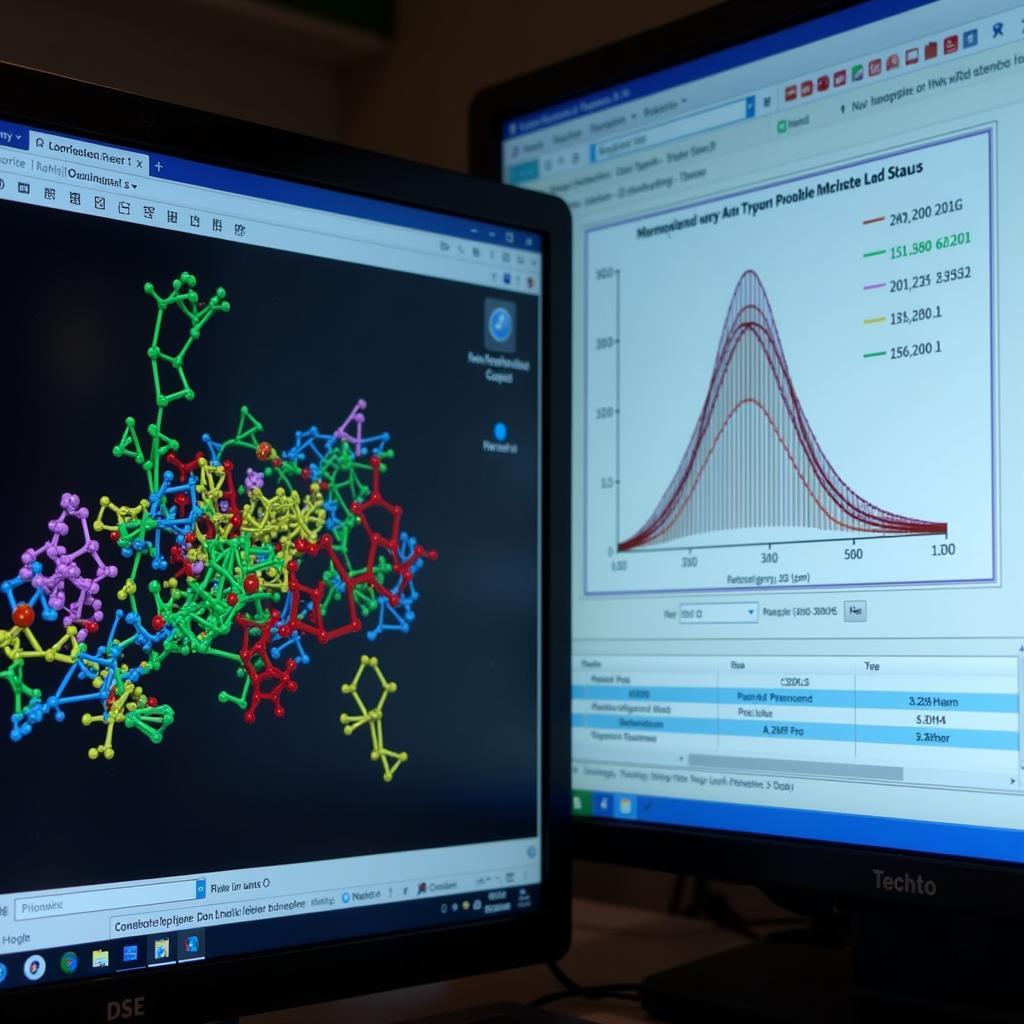The year 2015 marked a significant milestone for the Association of Southeast Asian Nations (ASEAN) with the establishment of the ASEAN Community. This ambitious project aimed to transform the region into a more integrated, peaceful, and prosperous bloc. At the heart of this vision lie the 3 Pillars Of Asean 2015, each playing a crucial role in realizing the shared aspirations of its member states.
These pillars, namely the ASEAN Political-Security Community, ASEAN Economic Community, and ASEAN Socio-Cultural Community, represent the key areas of cooperation and integration. Let’s delve deeper into each pillar to understand their significance:
The ASEAN Political-Security Community: Fostering Peace and Stability
The Political-Security Community envisions a Southeast Asia where peace, security, and stability prevail. This pillar focuses on promoting dialogue, confidence-building, and preventive diplomacy to address common security challenges such as terrorism, transnational crime, and maritime disputes.
Key elements of the ASEAN Political-Security Community:
- Enhancing political cooperation: Strengthening regional mechanisms for dialogue and consultation on political and security issues.
- Promoting human rights: Upholding democratic values, good governance, and the rule of law.
- Enhancing regional security: Addressing traditional and non-traditional security challenges through cooperation in areas such as counter-terrorism, cybersecurity, and disaster management.
 ASEAN Political-Security Community Meeting
ASEAN Political-Security Community Meeting
The ASEAN Economic Community: Towards a Single Market and Production Base
The ASEAN Economic Community aims to create a single market and production base, characterized by the free flow of goods, services, investments, and skilled labor. This pillar seeks to enhance ASEAN’s competitiveness, attract foreign direct investment, and improve the living standards of its people.
Key elements of the ASEAN Economic Community:
- Trade liberalization: Reducing tariffs and non-tariff barriers to trade within ASEAN.
- Investment facilitation: Creating a more attractive and conducive environment for foreign and domestic investments.
- Free movement of skilled labor: Facilitating the mobility of professionals and skilled workers within the region.
- Infrastructure development: Improving connectivity and logistics networks to support economic integration.
 ASEAN Economic Community Growth Chart
ASEAN Economic Community Growth Chart
The ASEAN Socio-Cultural Community: Bridging Differences, Celebrating Diversity
The Socio-Cultural Community strives to build a people-centered ASEAN that is resilient, inclusive, and socially responsible. It focuses on promoting people-to-people contacts, cultural exchanges, and social development to strengthen ASEAN identity and solidarity.
Key elements of the ASEAN Socio-Cultural Community:
- Education cooperation: Enhancing educational opportunities and promoting cultural understanding.
- Social welfare and development: Addressing social issues such as poverty, inequality, and access to healthcare.
- Environmental protection: Promoting sustainable development and addressing environmental challenges collectively.
- Cultural exchange programs: Fostering greater appreciation and understanding of the diverse cultures within ASEAN.
 ASEAN Socio-Cultural Community Event
ASEAN Socio-Cultural Community Event
Conclusion: A Shared Vision for a Stronger ASEAN
The 3 pillars of ASEAN 2015 represent a comprehensive and integrated approach towards regional cooperation and integration. By strengthening collaboration in the political-security, economic, and socio-cultural spheres, ASEAN aims to achieve its vision of a peaceful, prosperous, and people-oriented community. While challenges remain, the commitment to the 3 pillars of ASEAN 2015 continues to drive the region towards a brighter future.

